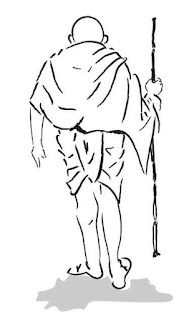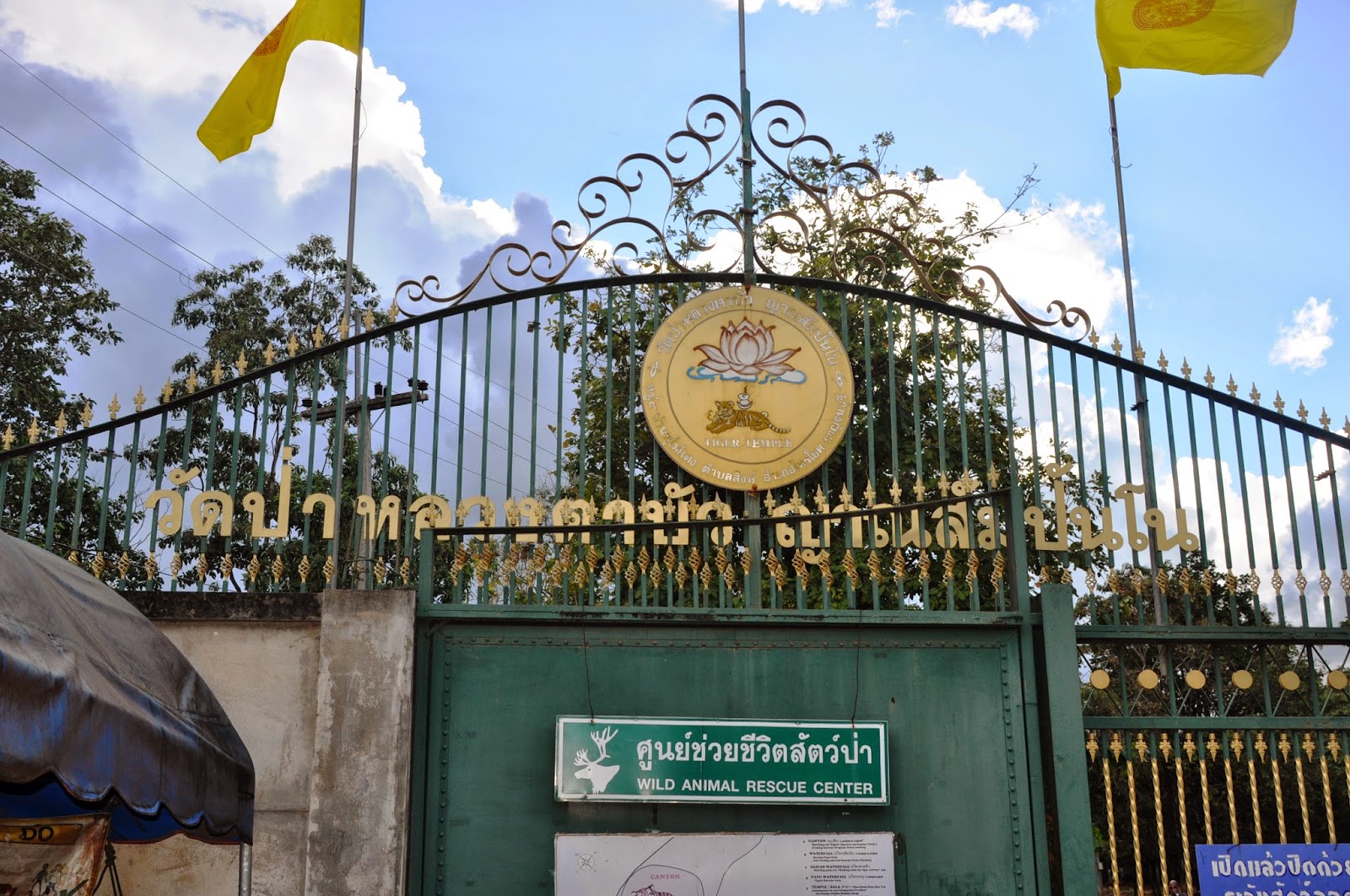River linking projects are always celebrated by the public and the media. River linking ideas were conceived way back in 1980s but could not take shape due to lack of political initiatives. “One of the most effective ways to increase the irrigation potential for increasing the food grain production, mitigate floods and droughts and reduce regional imbalance in the availability of water is the Inter Basin Water Transfer (IBWT) from the surplus rivers to deficit areas” , says the official website of National Water Development Agency, Ministry of Water Resources, Government of India.
The present Union Government has launched incredibly ambitious (incredibly reckless??!!) Inter Linking of Rivers (ILR) project. This project has two components — the peninsular and the Himalayan. The peninsular component involves the rivers in southern India developing a 'Southern Water Grid' with 16 river linkages in different states. The Himalayan component, on the other hand, was conceived for building storage reservoirs on the Ganga and the Brahmaputra and their main tributaries. The Himalayan component is comprised of 14 river links including Brahmaputra and Ganga.
Almost 35 years of its conception, finally the first river linking project is underway with Godavari- Krishna linking through a canal. On 16th Sept, 2015, the CM of Andhra Pradesh Mr. Chandrababu Naidu inaugurated this project with lot of pomp and show and emotionally called it ‘historic moment’ and ‘Pavitra Sangamam’ (Holy Confluence).
 |
| Map source: Indian Express |
How it works? The Godavari River water is lifted through pumps at Pattiseema village and diverted into the Polavaram Right Main Canal (3.9 kms away) to reach the Prakasam Barrage on the River Krishna at Vijayawada, 174 kms away. The original plan is to eventually divert water to the Polavaram dam. But the dam is still under construction and will take another 5 more years to be completed, as such the Naidu government decided to launch Pattiseema Lift Irrigation scheme on 16th Sept. By next year, 24 vertical turbine pumps of 4,611 HP each will lift and pump the water through 12 rows of pipelines into the Polavaram canal. The project is expected to create some 87 million acres of irrigated land, and transfer 174 trillion litres of water a year. Also, half a million people are likely to be displaced in the process, according to a report by Upali Amarasinghe, a senior researcher at the International Water Management Institute, Hyderabad.
 |
River Godavari in full strength
|
India’s 168 billion dollar river linking project is a disaster in waiting!! Already ecologists and environmentalists have warned that the benefits of river linking are a misconception and misleading. There is half knowledge or little clarity on the ultimate impact on such massive projects of linking 16 rivers in the south and 14 in the north!!
 |
River Krishna
|
What is wrong in river linking if we can divert flood water which in any case flows into the sea?? Well, rivers have life and are extremely dynamic. Each river has its own pH level(acidity or alkalinity) which is strictly regulated in nature. This unique feature of each river nurtures unique flora and fauna. The first devastation of linking rivers is change in pH level which results in extinction of life forms. Mixing of water of two rivers will certainly hamper the intricate and delicate ecology of river systems. Rivers flow naturally, there is no concept of surplus or deficit of water. Surplus water during rainy season is needed for rivers and that is how ecosystems work. Each river has its own path, intricacy and importance. This is evolved over millions of years. River carries important nutrients that replenishes sea and shoreline. These nutrients play a crucial rolein the breeding and survival of many marine creatures. Controlling or blocking river flow will affect marine life.India has variety of topography like grass lands, deserts, valleys, forests, dry lands, mountains, coasts and climatic conditions like hot, warm, cool, cold, low rain or more rain so on. Each one has its own unique life supporting system and mechanisms. Altering the course of the river will be devastating.
Here are some excerpts from eminent persons….
A river isn’t a pipe that we can control. You cannot compare Ganga with any other river.For instance, in the Ken-Betwa project, the core area of the country. of the Panna national park will be affected. The government, wanting to do the project for political reasons without any sort of clearances, is basically, redrawing the entire geography. – Dr Latha Anantha, Director, River Research Centre.
There is no scientific basis for this. How do you conclude that river-linking project will be good? One has to exhaust all options such as watershed development, rainwater harvesting, and ground water recharge, optimizing existing infrastructure and cropping methods and then we can conclude that water-linking might be good. For instance, look at Maharashtra and Andhra Pradesh. The Marathwada region in Maharashtra is the worst drought-hit state in India today, and belongs to the Godavari basin. But at the same time, you want to divert water from Godavari to Krishna. It doesn’t make sense. There has to be assessment done because there is huge impact on the nature.– Himanshu Thakkar, coordinator, South Asia Network on Dams, Rivers and People.
River-linking is a social evil, economic evil. The interest in river-linking now is due to the big bucks involved in it for dam builders. A canal is not a river and it cannot support an ecosystem. What happens to everything that is living in the river? When water flows, there are a number of factors associated with it. There are microorganisms and there is marine life. – V Rajamani, Professor emeritus, Jawaharlal Nehru University, New Delhi.
These projects are not viable. The environmental issues relating to these projects are very huge. There is a big problem of desilting and there is no clarity on where the silt be actually dumped. Will it be somebody’s farm and will the farmers be affected or not? The government has not come clear on any of those points. So considering these environmental and community issues, overall I don’t think these projects are really viable. - Sushmita Sengupta, Deputy Programme Manager, Centre for Science and Environment.
River is not just certain volume of water that Pattiseema pumps can lift and throw! Naming it ‘ river linking’ is absolutely false and misleading. In fact the Times of India report rightly concluded: “The state government should take up environment impact study through a third party and take remedial measures before releasing water into the canal.”
Meeting between Godavari and Krishna does not appear to see a happy event.
Sources:
Reports from The Hindu, Times of India, Indian Express
Website of National Water Development Agency
Website of South Asia Network on Dams, Rivers and People
http://qz.com/








































